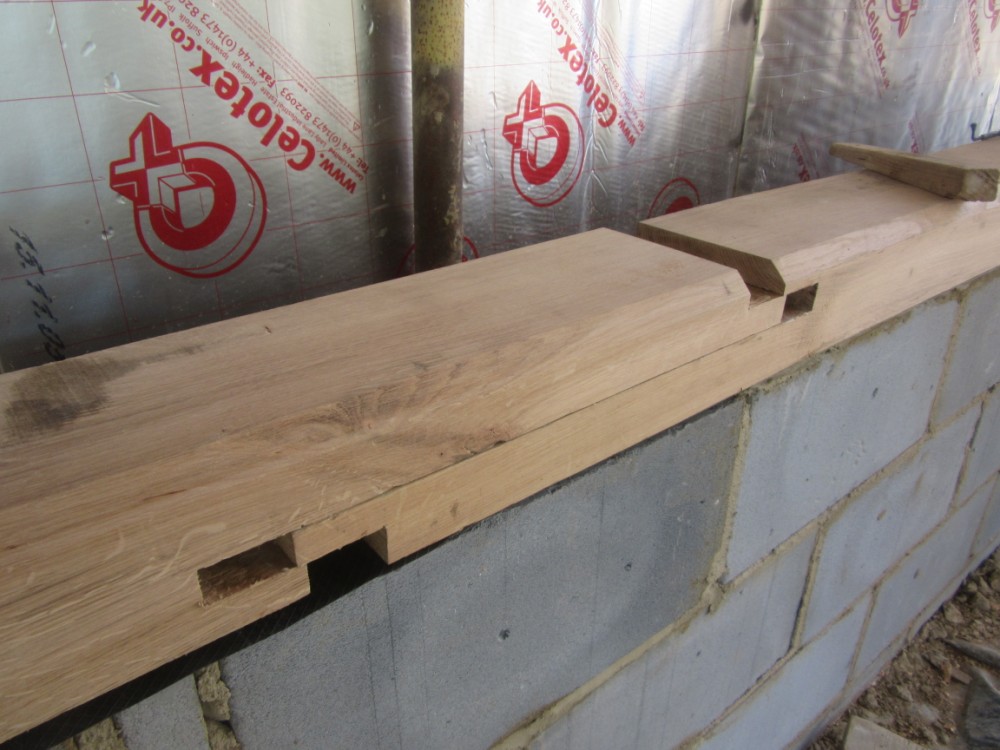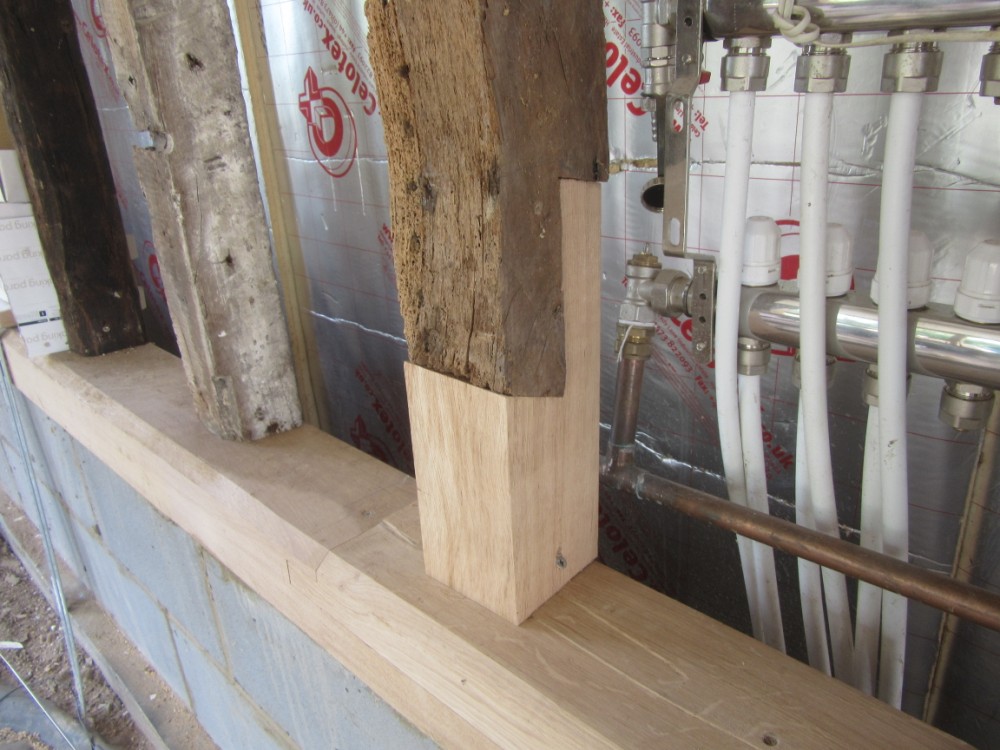Hello there, I have two IKEA mid-sleepers to modify and make into one. I want to make one but taller.
I see that the legs are made of wood which is finger jointed from smaller pieces of wood along its length and wondered if I could use that method to extend to legs further.
Can anyone recommend the best adjustable finger jointed for a 1/2 inch table router please that can accommodate 42mm thickness?
I see that the legs are made of wood which is finger jointed from smaller pieces of wood along its length and wondered if I could use that method to extend to legs further.
Can anyone recommend the best adjustable finger jointed for a 1/2 inch table router please that can accommodate 42mm thickness?



































